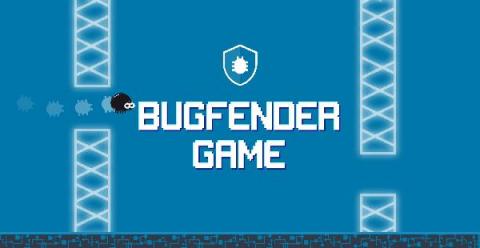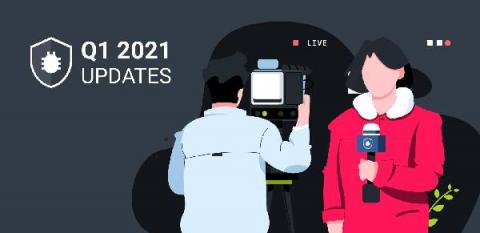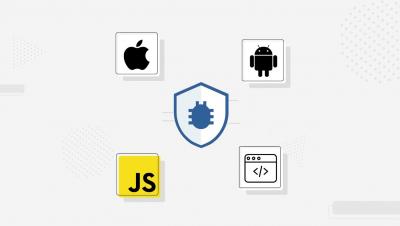Web Security Attacks You Must Know - Part 1
As developers, we know the pitfalls of the internet – the gateways that malicious actors can exploit to steal private data, siphon money and generally wreak havoc. But if we’re going to build watertight applications, it’s essential that we keep updating our knowledge base and prepare for every possible assault. In this post, we’re going to discuss five particularly common forms of attack.











